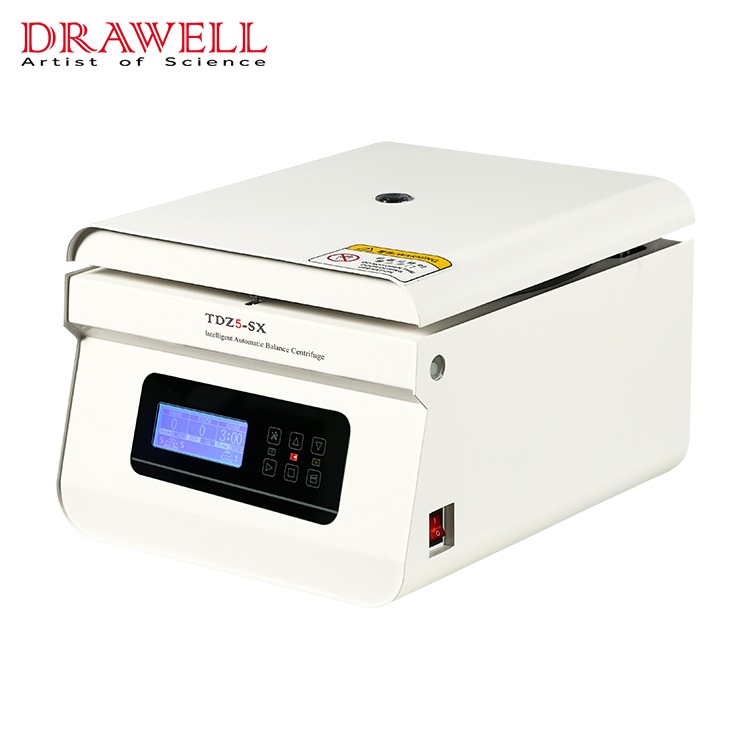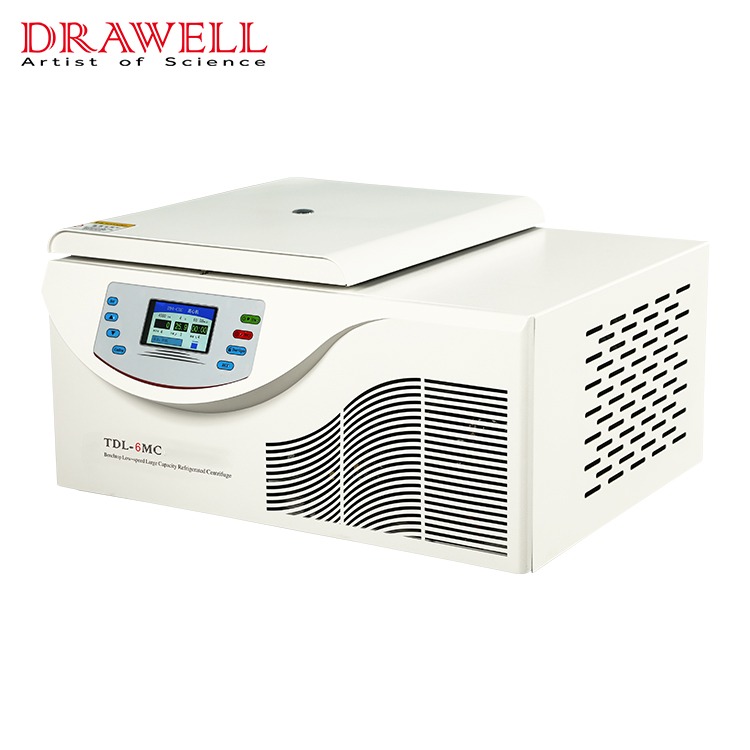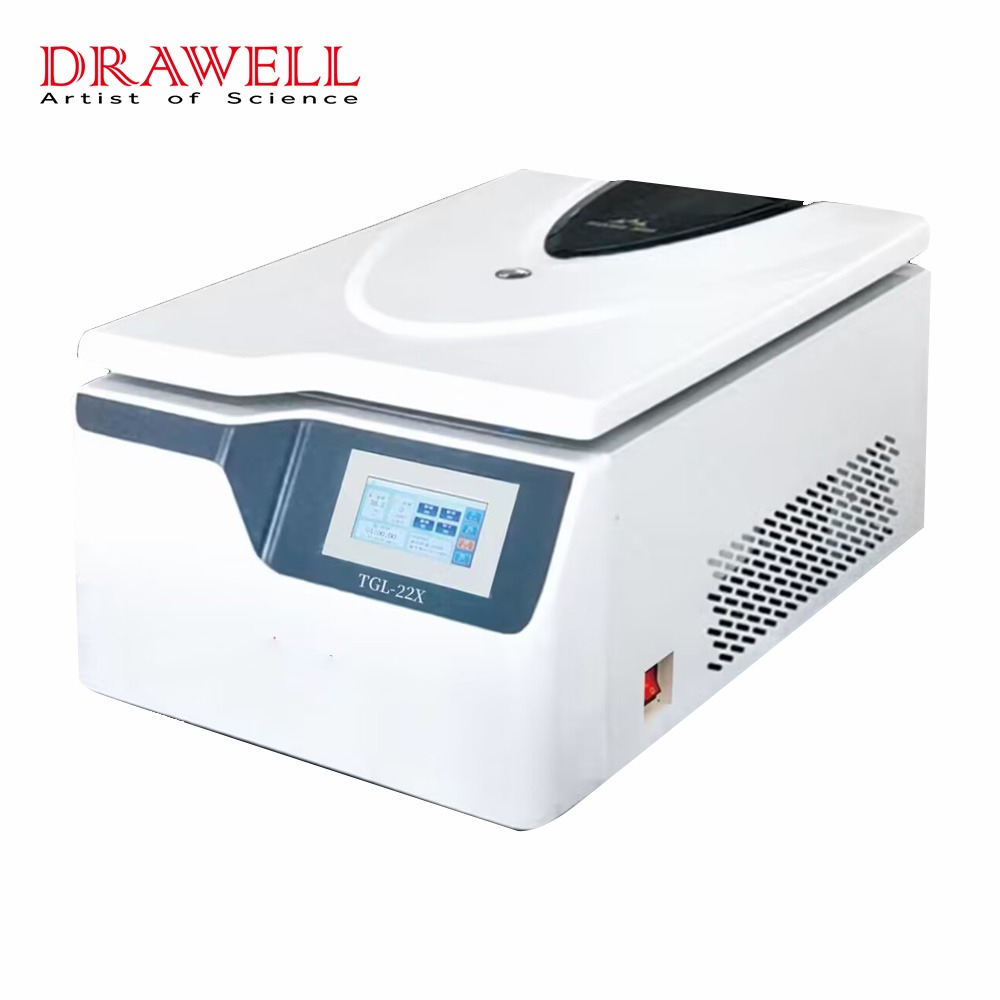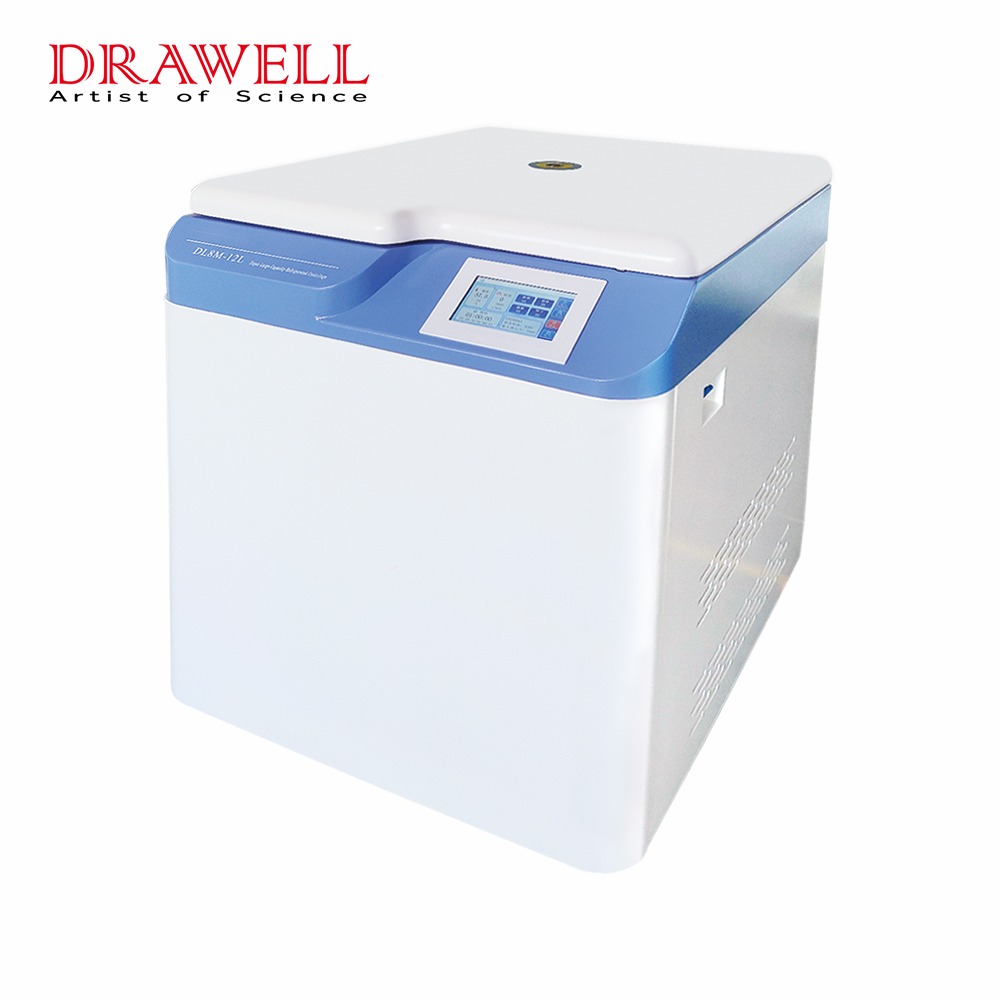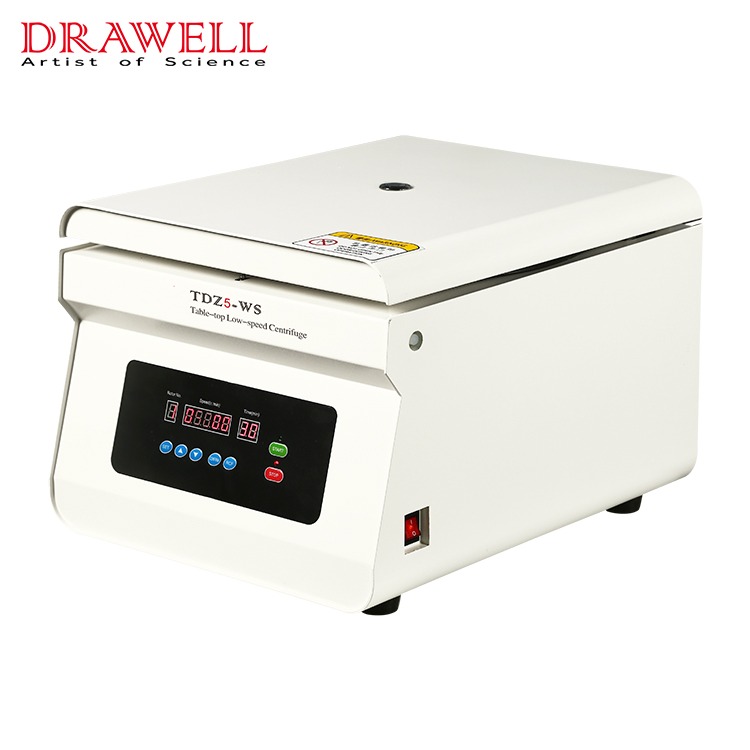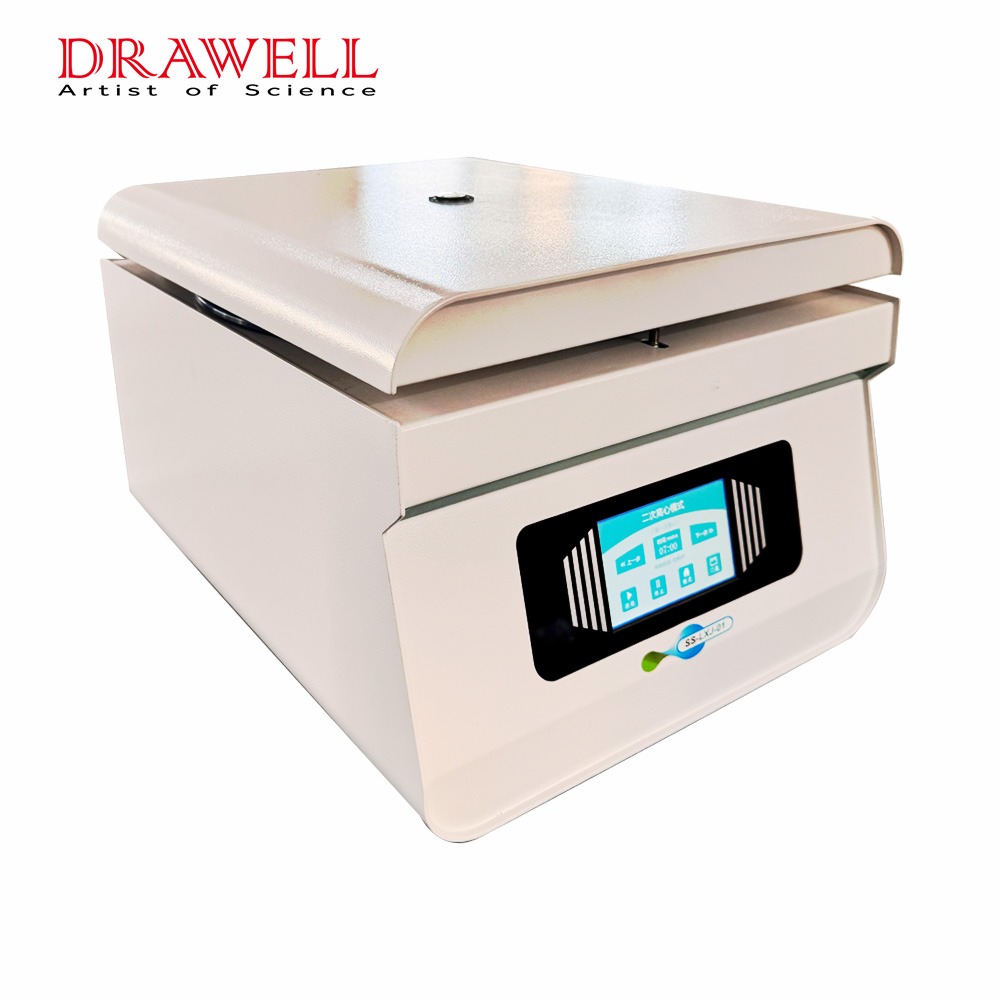Centrifugation is a fundamental technique in microbiology labs, playing a crucial role in the separation and analysis of various biological samples. Whether it’s for cell culture, DNA extraction, or protein purification, centrifuges are indispensable tools that enable precise and efficient workflows. This article provides an overview of the types, applications, and safety considerations of using centrifuges in microbiology.
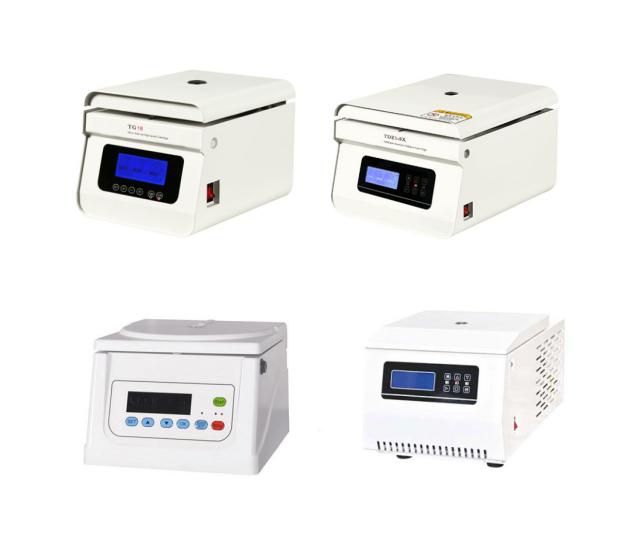
Why Using Centrifuges in Microbiology?
Microbiology labs deal with a variety of samples, often containing mixtures of cells, suspended particles, and fluids. Separating these components is crucial for further analysis. Centrifuges achieve this by spinning a rotor containing samples at high speeds. This creates centrifugal force, pushing denser components outwards and lighter ones inwards. This allows researchers to isolate specific components for further study.
So, the Centrifuges are indispensable tools in microbiology laboratories, providing essential functionality for a wide range of applications. Their use is crucial for several reasons:
- Efficient Separation of Components: Centrifuges allow for the rapid and efficient separation of different components within a sample based on their density. This capability is critical for various microbiological processes, such as isolating cells from culture media, separating cellular components, and purifying proteins and nucleic acids.
- High Throughput and Consistency: Centrifugation enables the processing of multiple samples simultaneously, ensuring consistency and repeatability in experiments. This high throughput is particularly important in research and clinical settings, where large numbers of samples must be analyzed quickly and accurately.
- Precision and Sensitivity: Centrifuges can achieve high speeds and apply significant centrifugal force, allowing for the separation of even the smallest particles, such as viruses and subcellular organelles. This precision and sensitivity are essential for detailed analyses and accurate results in microbiological studies.
- Versatility in Applications: The wide range of centrifuge types and configurations available allows for their use in numerous microbiological applications. From basic cell harvesting to advanced molecular biology techniques, centrifuges can be adapted to meet the specific needs of different experiments and protocols.
- Improved Sample Quality: By efficiently separating and purifying components, centrifugation enhances the quality of samples used for downstream analyses. Purified samples free of contaminants lead to more reliable and reproducible results.
- Cost-Effective and Time-Saving: Centrifugation streamlines many laboratory processes, saving time and reducing the need for more labor-intensive and costly methods of separation. This efficiency makes centrifuges a cost-effective choice for microbiology laboratories.
- Safety and Containment: Modern centrifuges are designed with safety features such as secure lids, imbalance detection, and temperature control, ensuring safe operation and containment of potentially hazardous samples. This is particularly important when working with infectious agents or toxic substances.
In a word, centrifuges are vital tools in microbiology due to their efficiency, precision, versatility, and ability to enhance sample quality. Their use not only improves the accuracy and reliability of experiments but also contributes to the overall safety and efficiency of laboratory operations.
Types of Centrifuges in Microbiology
Centrifuges used in microbiology laboratories vary in design and functionality to cater to different experimental needs. Here are the main types of centrifuges commonly used in microbiology:
1. Microcentrifuges
Microcentrifuges are essential for tasks that require handling small volumes. They are ideal for quick, efficient separations and are commonly found on the benchtops of microbiology labs.
Advantages:
Compact and space-saving design
Easy to operate with quick spin-down capabilities
Suitable for small volume samples (0.5 to 2.0 mL)
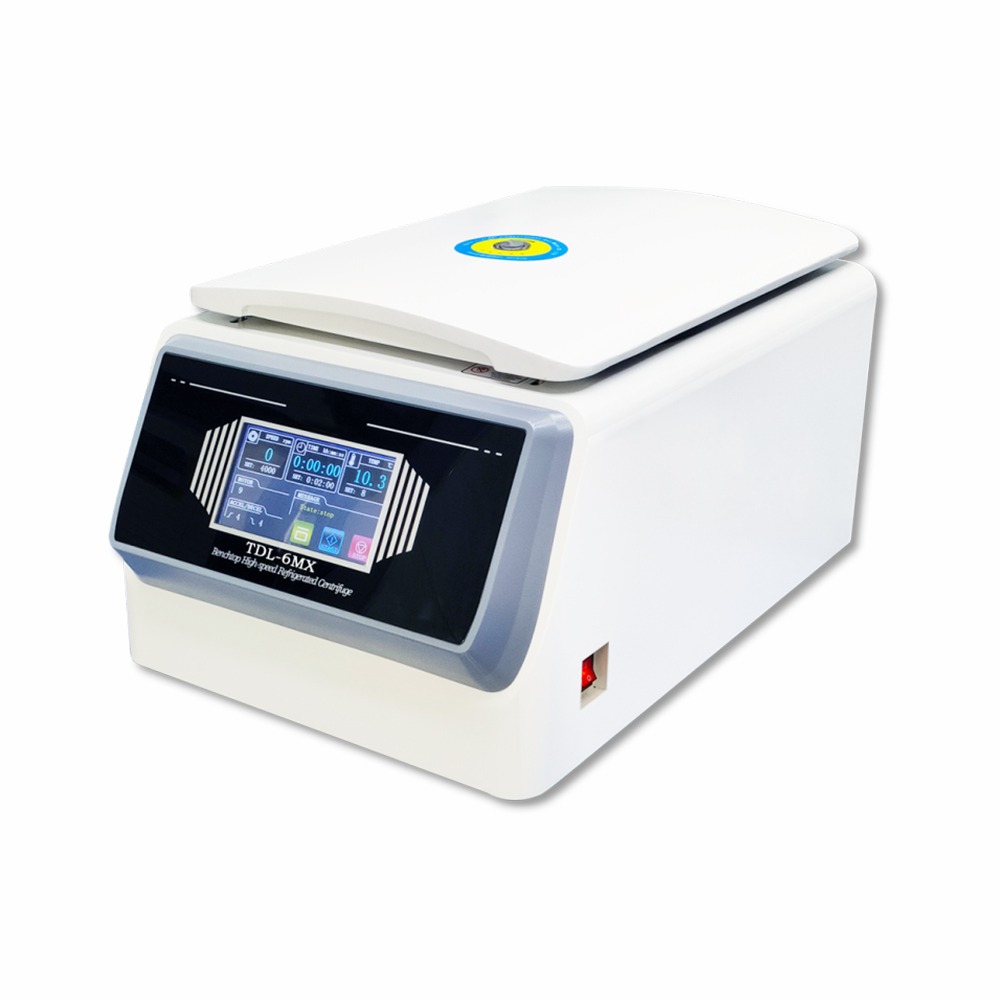
2. Refrigerated Centrifuges
Refrigerated centrifuges are crucial when working with samples that are sensitive to temperature changes. They ensure that samples remain stable and active throughout the centrifugation process.
Advantages:
Maintains consistent, low temperatures to protect heat-sensitive samples
Versatile with various rotor options for different applications
Prevents degradation of biological samples
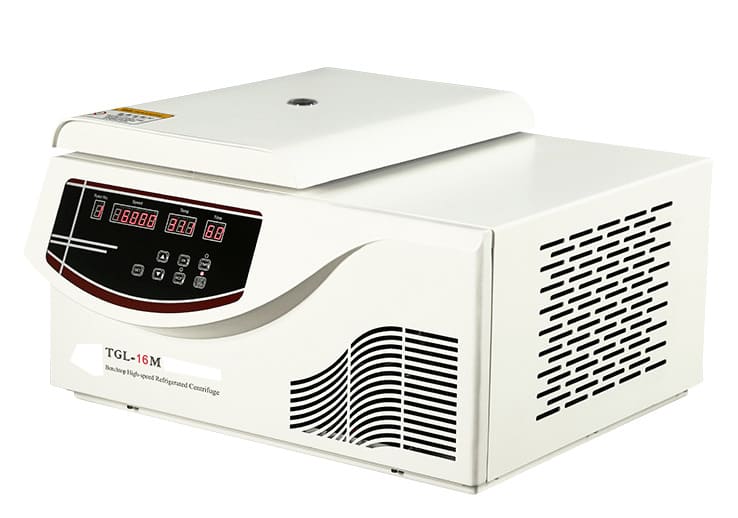
3. Ultracentrifuges
Ultracentrifuges are designed for high-speed applications that require separating and analyzing extremely small particles. They are indispensable in advanced research settings.
Advantages:
Achieves very high speeds (often exceeding 100,000 RPM)
Generates enormous centrifugal forces for separating very small particles
Provides precise and detailed analysis
4. High-Speed Centrifuges
High-speed centrifuges are versatile tools that fill the gap between microcentrifuges and ultracentrifuges. They are commonly used for routine laboratory tasks that require moderate speeds.
Advantages:
Handles larger volumes than microcentrifuges
Suitable for a wide range of applications
Offers moderate to high-speed options
5. Analytical Centrifuges
Analytical centrifuges are specialized for studying the properties of biological macromolecules. They are used in research settings where detailed analysis of molecular behavior is required.
Advantages:
Equipped with optical systems for real-time monitoring
Provides valuable data on macromolecular properties
Highly precise and detailed analysis
6. Clinical Centrifuges
Clinical centrifuges are tailored for the medical field, focusing on the separation of blood components for diagnostic purposes. They are built for efficiency and ease of use in clinical settings.
Advantages:
Designed for routine, high-throughput use
Operates at lower speeds suitable for clinical applications
Easy to use with standardized protocols
Each type of centrifuge has its specific applications and advantages, making them indispensable tools in the diverse field of microbiology. Selecting the appropriate centrifuge depends on the sample type, volume, and the desired outcome of the centrifugation process.
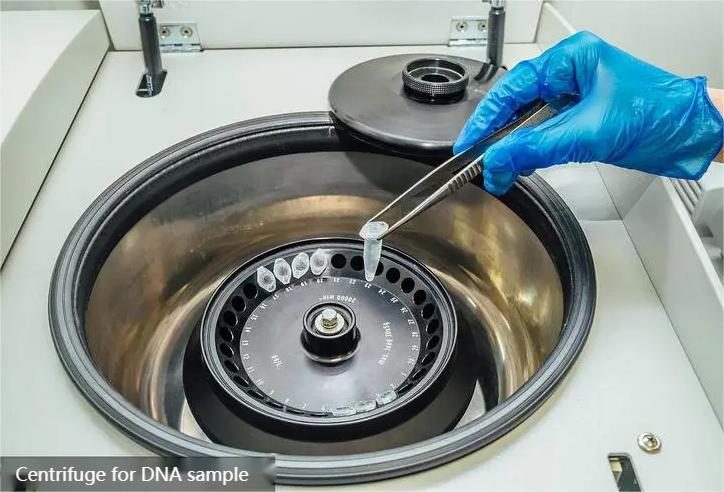
Applications of Centrifuges in Microbiology
Each type of centrifuge is designed to meet specific laboratory needs, providing tailored solutions for various applications in microbiology and related fields. Here are common applications from different types:
| Type of Centrifuge | Common Applications |
| Microcentrifuges | DNA and RNA extraction Small-scale protein isolation General molecular biology applications |
| Refrigerated Centrifuges | Cell harvesting Protein purification Enzyme assays Handling temperature-sensitive samples |
| Ultracentrifuges | Separation of viruses, ribosomes, and subcellular organelles Advanced research in virology, cell biology, and molecular biology Analysis of macromolecules and nanoparticles |
| High-Speed Centrifuges | Pelleting cells and bacteria Precipitating proteins Purifying nucleic acids General laboratory applications |
| Analytical Centrifuges | Studying sedimentation properties of macromolecules Determining molecular weight, shape, and interactions Advanced research and analytical applications |
| Clinical Centrifuges | Separating blood components (serum, plasma, cells) Diagnostic applications in medical and clinical laboratories Routine clinical testing and processing |
Centrifuges have a wide range of applications in microbiology labs, selecting the appropriate centrifuge enhances efficiency, accuracy, and safety in laboratory operations.
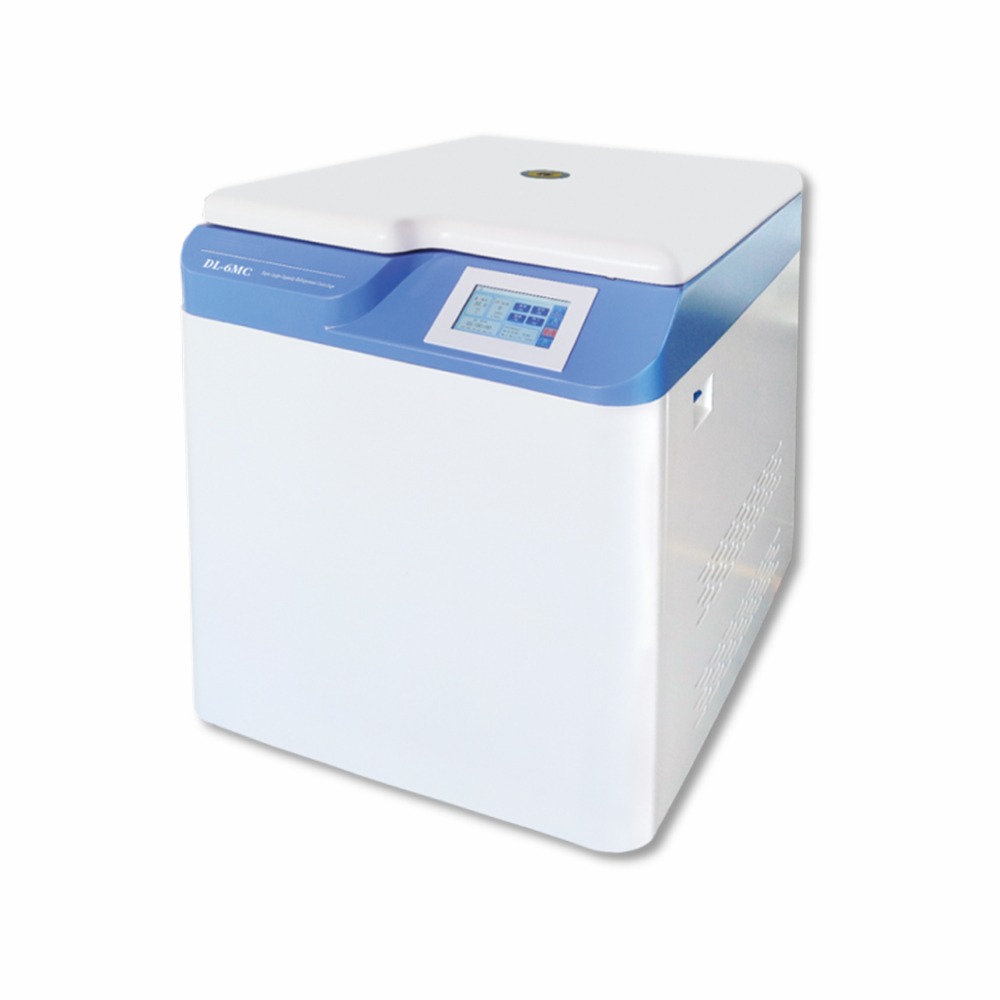
Safety Considerations When Using Centrifuges
Using centrifuges safely in microbiology labs is crucial to prevent accidents and ensure the integrity of samples. Here are key safety considerations:
1. Balance Samples
Importance: Prevents mechanical failure and accidents.
Procedure: Ensure all tubes are balanced in weight and volume before starting the centrifuge. Use a balance tube if needed.
2. Secure the Lid
Importance: Prevents exposure to potentially hazardous samples and contains the rotor in case of malfunction.
Procedure: Always check that the centrifuge lid is securely closed and locked before operation.
3. Use Appropriate Speed and Duration
Importance: Avoids damage to samples and the centrifuge.
Procedure: Set the correct speed (RPM) and duration according to the specific application and sample type.
4. Regular Maintenance and Inspection
Importance: Ensures the centrifuge operates correctly and safely.
Procedure: Follow a routine maintenance schedule, including checking for wear and tear, rotor integrity, and calibration.
5. Avoid Overfilling Tubes
Importance: Prevents leakage and potential contamination.
Procedure: Fill tubes to recommended levels, usually no more than 3/4 full.
6. Use Appropriate Tubes
Importance: Prevents tube breakage and sample loss.
Procedure: Use tubes that are rated for the specific speed and type of centrifuge being used.
7. Allow the Rotor to Stop Completely
Importance: Prevents injury from moving parts.
Procedure: Wait for the rotor to come to a complete stop before opening the lid and removing samples.
8. Training and Proper Use
Importance: Ensures all users are aware of safe operation procedures.
Procedure: Provide comprehensive training on the use and safety protocols of the centrifuge for all lab personnel.
9. Use Aerosol-tight Rotors and Containers
Importance: Protects against the release of biohazardous aerosols.
Procedure: When working with infectious agents, use aerosol-tight rotors or containers to prevent exposure.
10. Handle Spills and Breakages Safely
Importance: Prevents contamination and injury.
Procedure: Follow established protocols for cleaning spills and handling broken tubes, including wearing appropriate personal protective equipment (PPE).
By adhering to these safety considerations, laboratory personnel can minimize risks and ensure the effective and safe operation of centrifuges in microbiology labs.
Conclusion
Centrifuges are vital instruments in microbiology labs, facilitating the separation and analysis of biological samples with precision and efficiency. Understanding the working principles, types of centrifuges, as well as their applications and safety considerations, is essential for maximizing their utility and ensuring safe operation. By adhering to best practices, microbiologists can leverage the full potential of centrifugation to advance their research and diagnostic capabilities.
When you are not sure to choose the proper centrifuge for your laboratory, please feel free to contact Drawell. They are professional centrifuge supplier and can provide you various types of centrifuge with quality assurance. Click here to get quote now!

